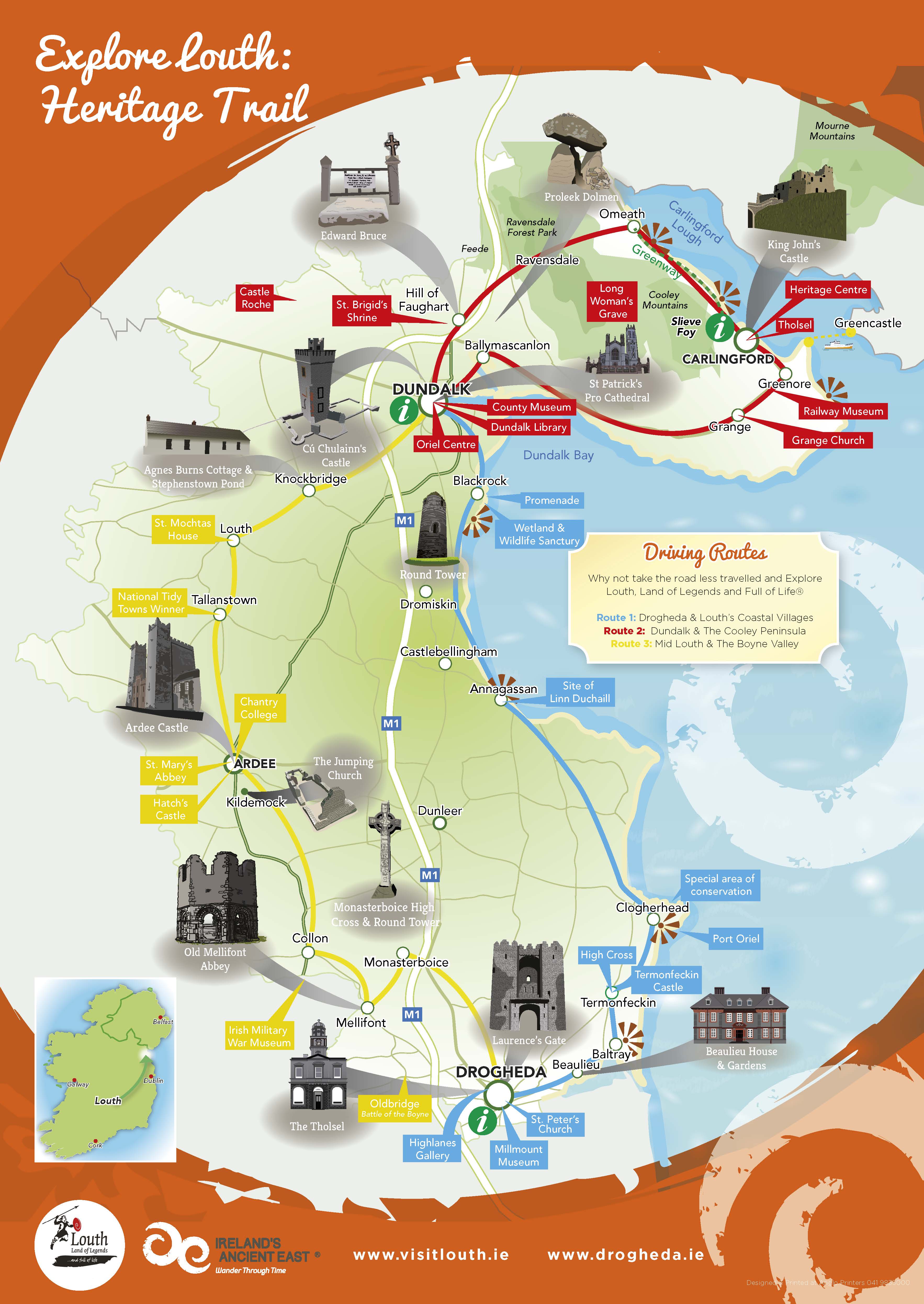Where
Various locations LouthEnjoy discovering the many heritage sites of County Louth on a a self drive tour, with routes that will bring you on the road less travelled through scenic countryside and along Louth’s picturesque coastline. Why not download the Explore Louth Heritage Trail Map or pick one up from local tourist offices and start exploring.
DAY 1 - Explore Drogheda & Louth’s Coastal Villages
Start your day in the historic town of Drogheda on the banks of the River Boyne. Rich in heritage yet young at heart, the largest town in Ireland has a wealth of unique attractions within walking distance of each other. The Drogheda skyline is punctuated with spires and belfries rising from the heart of the town below. One of them, St. Peters Church on West Street, is your first stop of the day. It's beautiful stained glass windows, decorative interiors and the world famous shrine of Saint Oliver Plunkett attract visitors from far and wide and is a must see when in the town.
Next Stop is Highlanes Municipal Art Gallery, an exciting state-of-the-art facility housed in the former Franciscan Friary Church on St. Laurence Street. The gallery presents a diverse programme of exhibitions, including those drawn from the Drogheda Municipal Art Collection dating from the middle of the eighteenth century. You can also see the impressive mace and sword on display here, which were presented by King William III of Orange following the Battle of the Boyne. If you fancy a mid morning coffee and treat you could round off your visit to Highlanes in their adjoining cáfe.
Nearby, standing proud at the top of the street you will find Saint Laurence’s Gate, a medieval town gate which is widely regarded as one of the finest of its kind in Europe. A great place for a memorable photo!
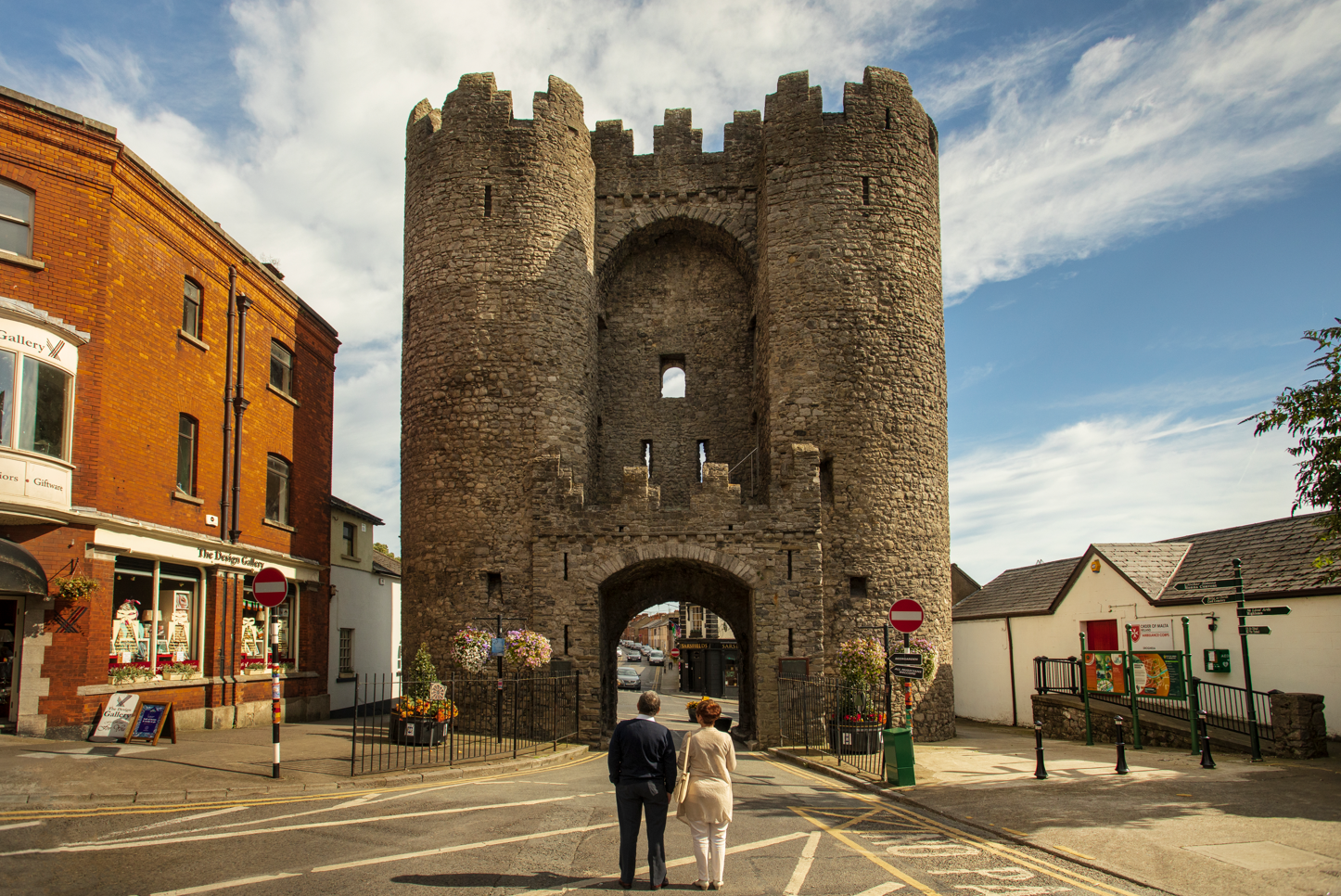
A tour of the Millmount Museum and Martello Tower is next on the agenda. The mound here is reputed to be 3,000 years old and local folklore has it that Amegin, the Celtic poet is buried there. Known locally as the ‘cup and saucer’, the museum is home to a fascinating collection of military and folk memorabilia & artifacts, and is a great vantage point to view the town and surrounding area
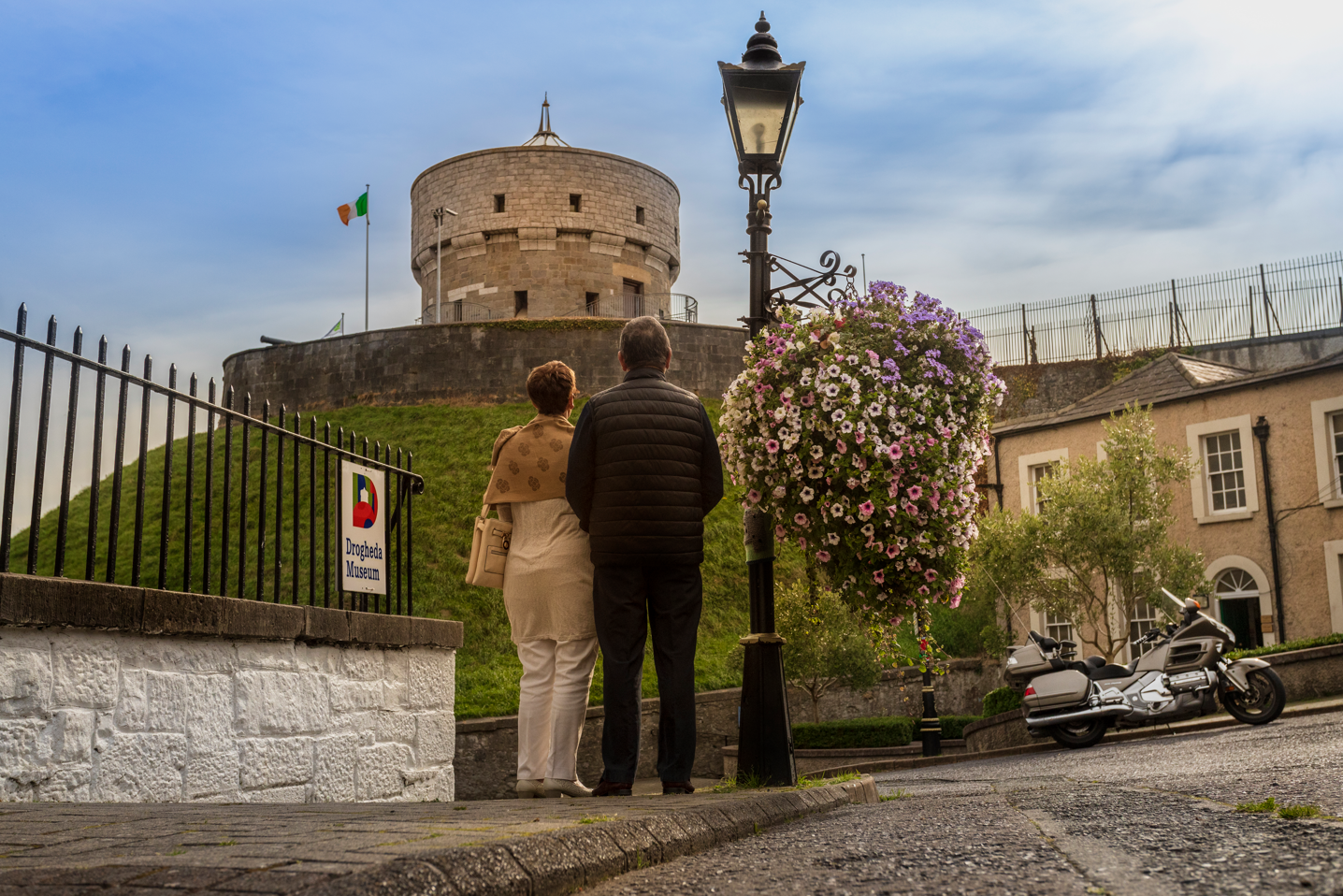
Head back into Drogheda town centre to enjoy lunch in the one of the many fine cafés, restaurants and pizzerias.
Following lunch take the coast road to explore the many heritage sites along the way. A number of choices await you; spend your time enjoying a guided tour of Beaulieu House & Gardens on the banks of the River Boyne; have a Virtual Reality Viking Experience followed by a seafood banquet in Annagassan; or alternatively explore all the lovely villages and beaches dotted along the coast at your leisure.
- Beaulieu House & Gardens - Book an appointment to take a guided tour of the beautiful house & gardens which was built between 1660 and 1666 and is believed to be the finest example of Irish domestic architecture to survive from the Restoration. Inside the impressive house the walls are adorned with excellent family portraits, as well as a superior collection of the works of many famous Irish artists of the early part of the 20th-century. The gardens of Beaulieu overlooking the Boyne are also beautiful and at their best during the months of June & July.
- Viking VR Experience at The Glyde Inn - Book a virtual reality tour and get taken back in time through the eyes of ‘Bjorn the Bear’ to Viking times when Annagassan was once the capital of Ireland. Afterwards, enjoy a seafood banquet featuring the very best seasonal local seafood, washed down with a taster of their own Viking Beer!
- Take your time discovering the coastal villages of Baltray, Termonfeckin, Clogherhead (Blue Flag beach and Port Oriel Harbour), Annagassan, Dromiskin and Blackrock. You will find plenty of lesser known historic monuments to be uncovered. See the Explore Louth Heritage Trail map for more information and choose those which appeal to you most!
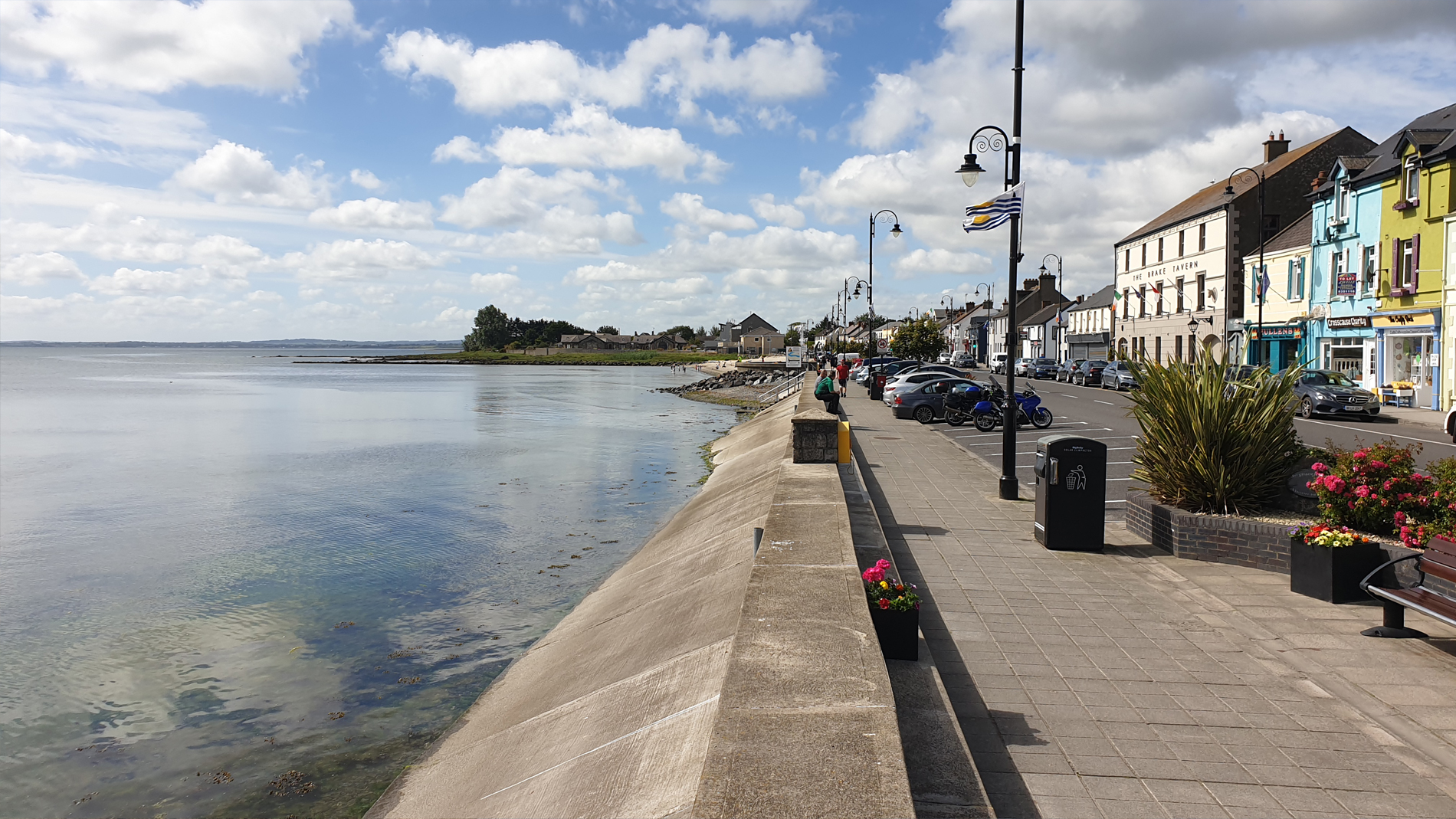
Your final destination of the day is the popular seaside village of Blackrock (pictured above) nestled on the shores of Dundalk Bay with wonderful views across to the Cooley Peninsula visible from the promenade. The building of the promenade wall commenced in 1851 and is unique in its proximity to the main beach. The Blackrock Millennium Sundial in the centre is the largest sundial in a public place anywhere in Ireland. It was unveiled in 2000 and has a time capsule with photographs & documents from the Millennium year in the village buried in its foundations.
After working up an appetite you have a choice of some lovely restaurants along on the main street for your evening meal.
DAY 2 - Explore Dundalk & The Cooley Peninsula
Begin in Dundalk, one of Ireland’s largest towns where modern and medieval architecture sit side by side. At the heart of the town is the Market Square, a European style piazza with water fountains. You will find the Tourist Office and a host of restaurants and artisan coffee shops nearby for a mid morning coffee break.
Start the day off with a visit to the County Museum located in a beautifully restored late 18th century warehouse at Roden Place, Jocelyn Street. The museum offers an extensive programme of permanent exhibitions and temporary displays chronicling the historical development of County Louth from the Stone Age up to the present day.
Next door to the museum, and worth a visit, is the gothic designed St. Patricks Cathedral, which features beautiful stained glass windows depicting Irish Saints associated with the area, including St. Patrick, St. Brigid, St. Dympna, St. Malachy, St. Ita, St. Columba, St. Oliver Plunkett and St. Fanchea. The mosaic sanctuary walls are also very impressive.

In front of the cathedral at Roden Place, you will notice the Kelly monument which is a memorial to a rescue party of local fishermen and lifeboat volunteers of Blackrock who attempted to bring ashore the stricken crew of the ‘Mary Stoddart’ during a violent storm in 1858.
Once you have finished exploring the town, head to the picturesque Cooley Peninsula, a place famed in Irish myths and legends. Your first stop is to see the impressive Proleek Dolmen, situated on the grounds of the beautiful Ballymascanlon Hotel. Legend says that a wish will be granted to anyone who can throw a pebble on its capstone so that it stays there! You will also find a Bronze Age wedge tomb nearby.
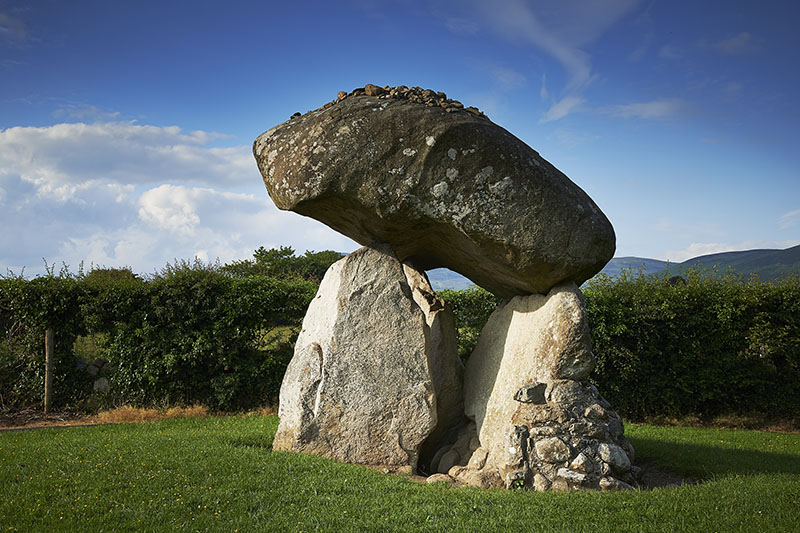
Next make your way towards Greenore, stopping off en-route to see one of Ireland’s oldest surviving pre-Emancipation Catholic churches located at Grange.
The historic Victorian railway village of Greenore was built in 1870 and is an Architectural Conservation Area. Step back in time to bygone days and discover the model Miniature Railway & Maritime museum located in the cellar of the historic Greenore Co-operative building, and hear the stories of the village in the Victorian era.
Up next is picturesque Carlingford resting at the foot of Slieve Foye Mountain on the shores of Carlingford Lough. The village is full of character and one of the best preserved Medieval villages in Ireland. Here you will find a host of reputable restaurants, cafés and cosy pubs where you can relax and enjoy a spot of lunch.
Following lunch, spend some time strolling around the narrow medieval streets and lanes that lead to the harbor and take in the tremendous views. Take your time exploring the historic buildings such as the Heritage Centre, Dominican Priory, the Mint, the Tholsel, Taaffe’s Castle and Carlingford Castle (also known as King John’s Castle). Alternatively, pre-book a guided walking tour with the Carlingford Tourist Office to hear the history of these sites from an experienced local guide.
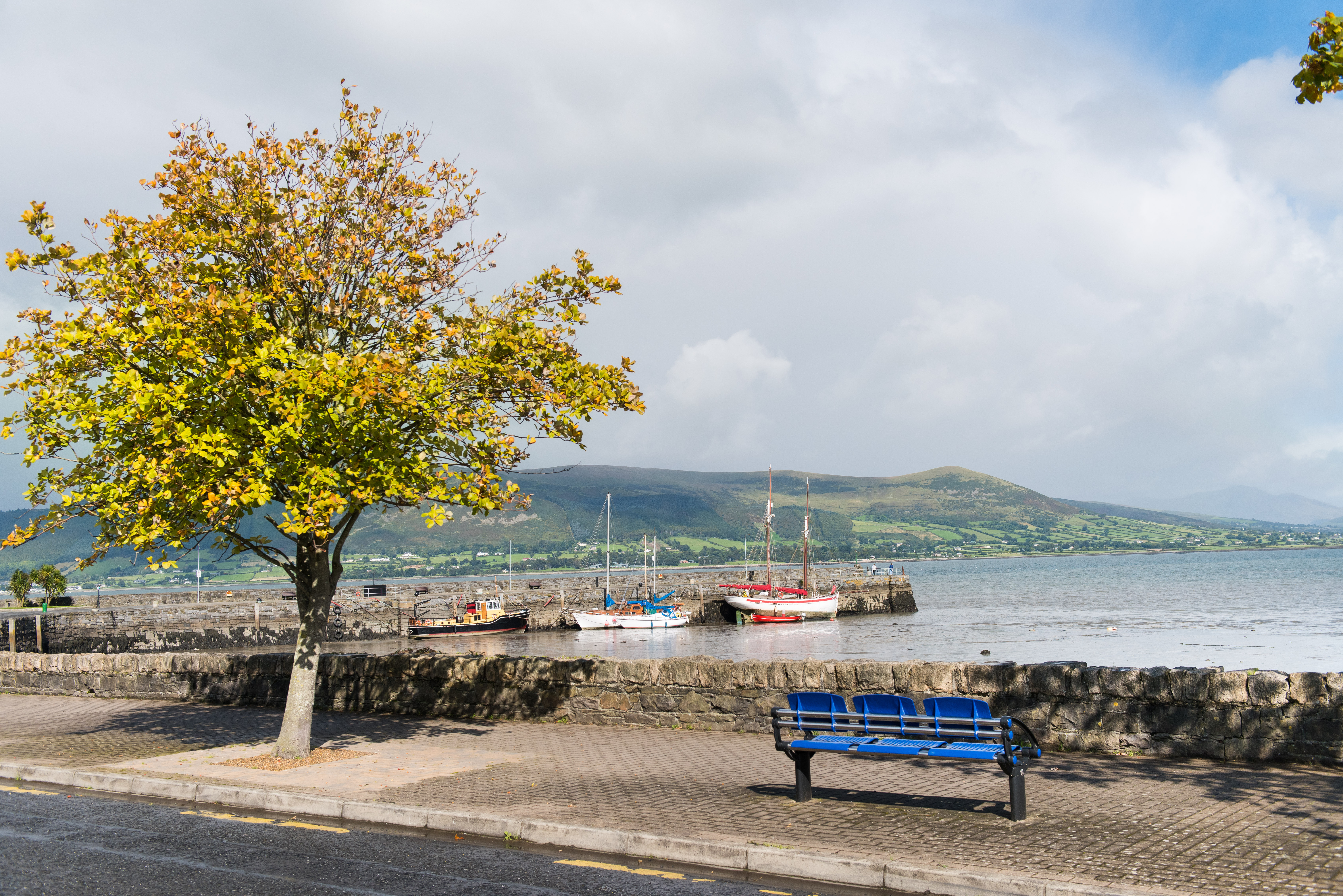
Once you have soaked up all that Carlingford has to offer, head for the neighboring village of Omeath. En-route you will see stunning panoramic views across the lough towards the Mourne Mountains. A stop off at Greers Quay, which is mid way along the Carlingford Lough Greenway, is an ideal scenic viewpoint to take some photos. Once you reach the village head for the pier and relax awhile, taking in the stunning scenery across the strait to Warrenpoint. Next, take the mountain roads on your journey back towards Dundalk where you will be rewarded by wonderful scenery. Stop off to see the ‘Long Womans Grave’ along the way.
On your way back to Dundalk, and if time permits, you have the option of paying a visit to Saint Brigid’s Shrine and the old graveyard on the Hill of Faughart, or heading out to see Roche Castle which is said to be the remains of one of the most striking Anglo-Norman castles in Ireland.
Last stop of the day is back in Dundalk to enjoy dinner in the one of the many fantastic restaurants, where you’re sure to find something to suit all taste buds.
DAY 3 - Explore Mid Louth & Boyne Valley Landmarks
Begin your day at Stephenstown Pond Nature Park, outside Knockbridge where you can enjoy a leisurely walk around lovely lakeside walkways. Amenities include a newly enlarged playground, picnic tables and educational interpretative panels about the flora, fauna and wildlife. The cottage situated here was once the home of Agnes Burns and her husband William Galt. Agnes was the sister of Scotland’s National Poet, Robert Burns – famous for writing such lyrics as ‘Auld Lang Syne’ and ‘My Love is Like a Red Red Rose’.
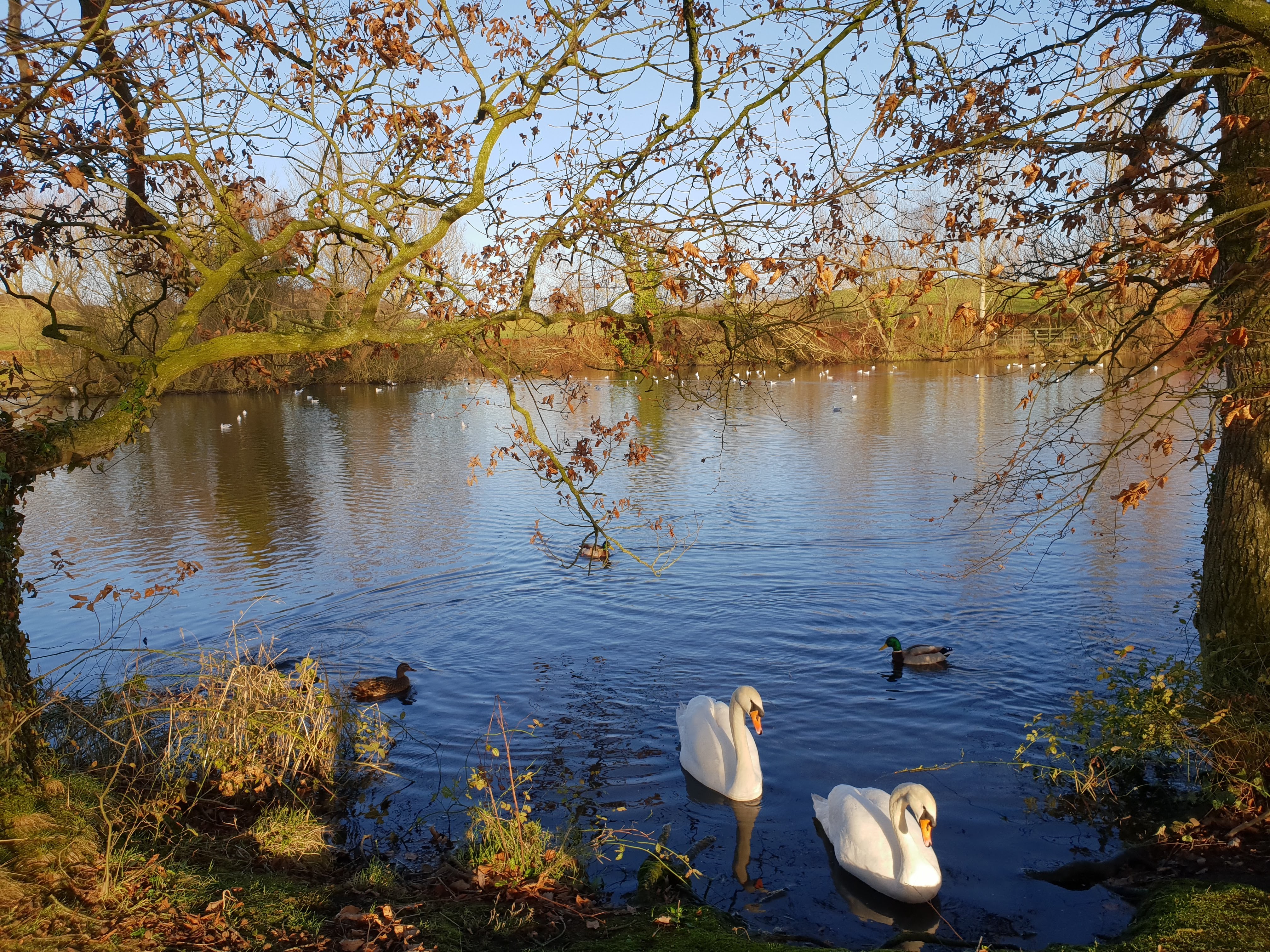
Now head for the town of Ardee, travelling via the villages of Knockbridge, Louth Village and Tallanstown, where you can stop off to explore the sites noted on the Explore Louth Heritage Trail map at your own pace.
Ardee is a thriving market town set amid a rolling agricultural landscape. The town grew at a ford, an important crossing point on the River Dee, and gets its name from the Irish ‘Áth Fhirdhia’ (the Ford of Ferdia). It is famous in Irish mythology as the site of the four day battle between Cúchulainn and Ferdia described in the Cattle Raid of Cooley (An Táin Bó Cúailnge). You will find plenty of pubs, cafés and restaurants here for a spot of lunch.
Following lunch spend some time exploring the town. There are two castles situated on its main street, Ardee Castle dating back to the 15th Century, and Hatch’s Castle which is a fine example of a late 14th Century urban fortified house. There is also a variety of heritage monuments dotted around the town to be discovered (see the Heritage Trail map for more info). Just outside town (about 1.5km) you will find the remains of the ‘Jumping Church’ where legend says the walls ‘jumped’ to exclude the remains of an excommunicated man from the sacred enclosure.
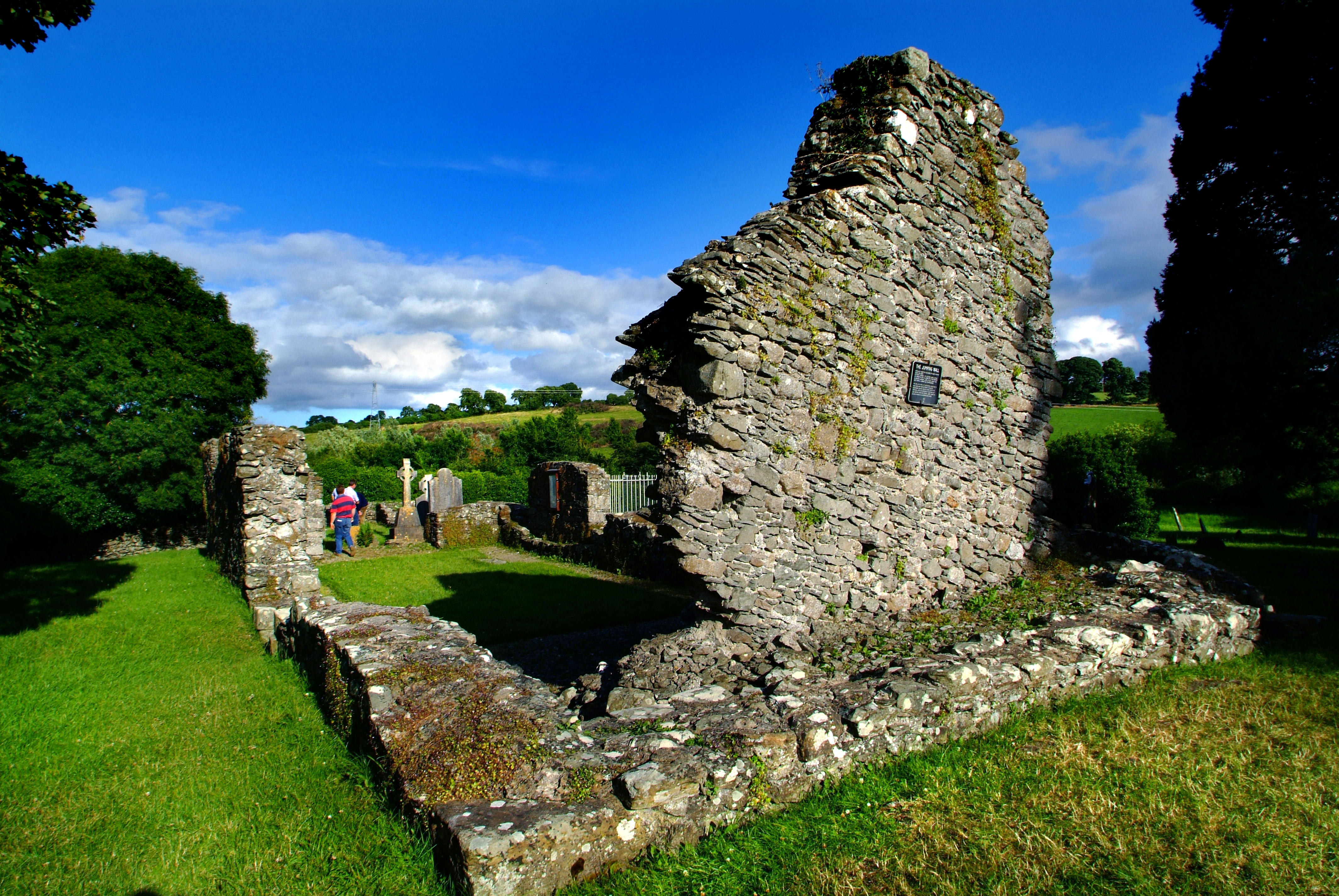
Moving on, why not spend the afternoon discovering the impressive historic sites at Old Mellifont Abbey and Monasterboice.
Old Mellifont Abbey, founded by Saint Malachy in 1142, was Ireland's first Cistercian monastery. The ruins include a 13th century ‘lavabo’, Romanesque arches and 14th century chapter house. The visitor centre has an exhibition including fragments of medieval stone masonry recovered from the abbey during excavation.
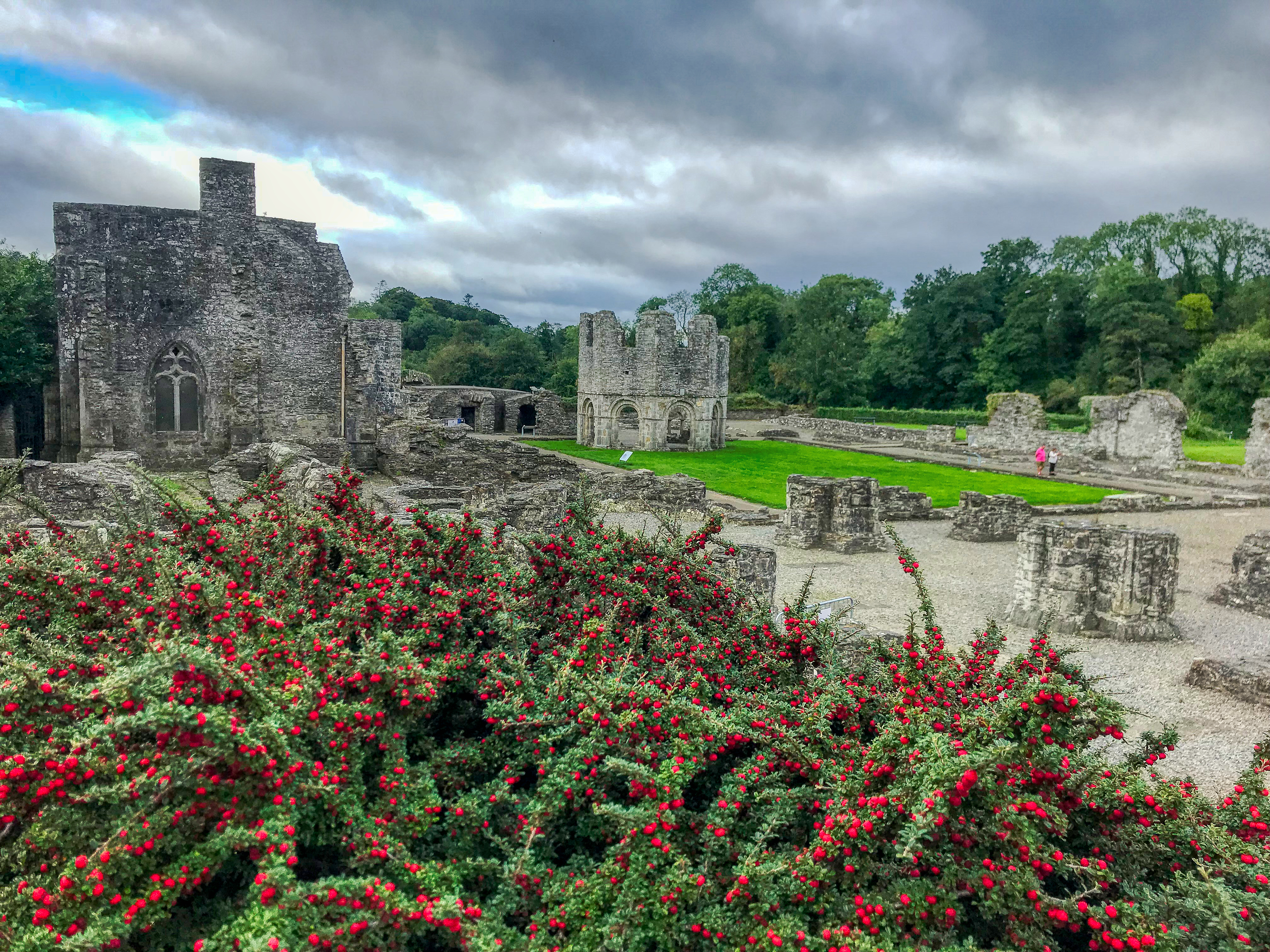
A short drive away is the monastic site at Monasterboice (approx 5 miles north of Drogheda just off the N1). Founded by St Buite, it dates back to the 6th century. Of particular interest here are the Celtic Crosses and the Round Tower. ‘Muirdeach's Cross’, is an outstanding example an Early Christian period high cross, and is widely regarded as the finest of its type in Ireland. And the ‘West Cross’, the tallest high cross in Ireland, is at 7 metres high.
Next worth visiting, if time permits, is the Irish Military Museum, or the Battle of the Boyne Visitor Centre at Oldbridge.
The Irish Military Museum & Park, near Collon, gives a fascinating insight into Irish participants’ involvement in both World War’s One and Two, as well as other military conflicts in world history through unique exhibitions and living history events. They offer guided tours of the museum, and have picnic areas and an outdoor fun area for the kids.
Located just outside Drogheda, the Battle of the Boyne Visitor Centre is housed in the restored 18th century Oldbridge House and gives an insight into the battle between King William III and his father-in-law King James II in 1690, one of the most important battles in Irish history. Amenities also include acres of parkland, a beautiful walled garden and a tea pavilion.
Round off your trip back in Drogheda with an evening meal in one of the many fine restaurants located there.
Accommodation: County Louth offers a great range of first-rate accommodation for visitors to choose from, ranging from Four Star hotels to cosy B&Bs and guest houses, as well as self-catering and glamping options. For a list of accommodation in Louth click here (and filter by town).
Restaurants: For a list of restaurants in Louth click here (and filter by town).
Note: Opening hours and booking requirements should be confirmed with individual attractions and restaurants in advance of visiting.
Keep Discovering
Why not explore more of County Louth, there is so much to see and do, from outdoor adventures, historic attractions, blue flag beaches and seafood trails to miles of mountain & coastal walks. Plan your visit here or check out other Visit Louth itineraries here.
